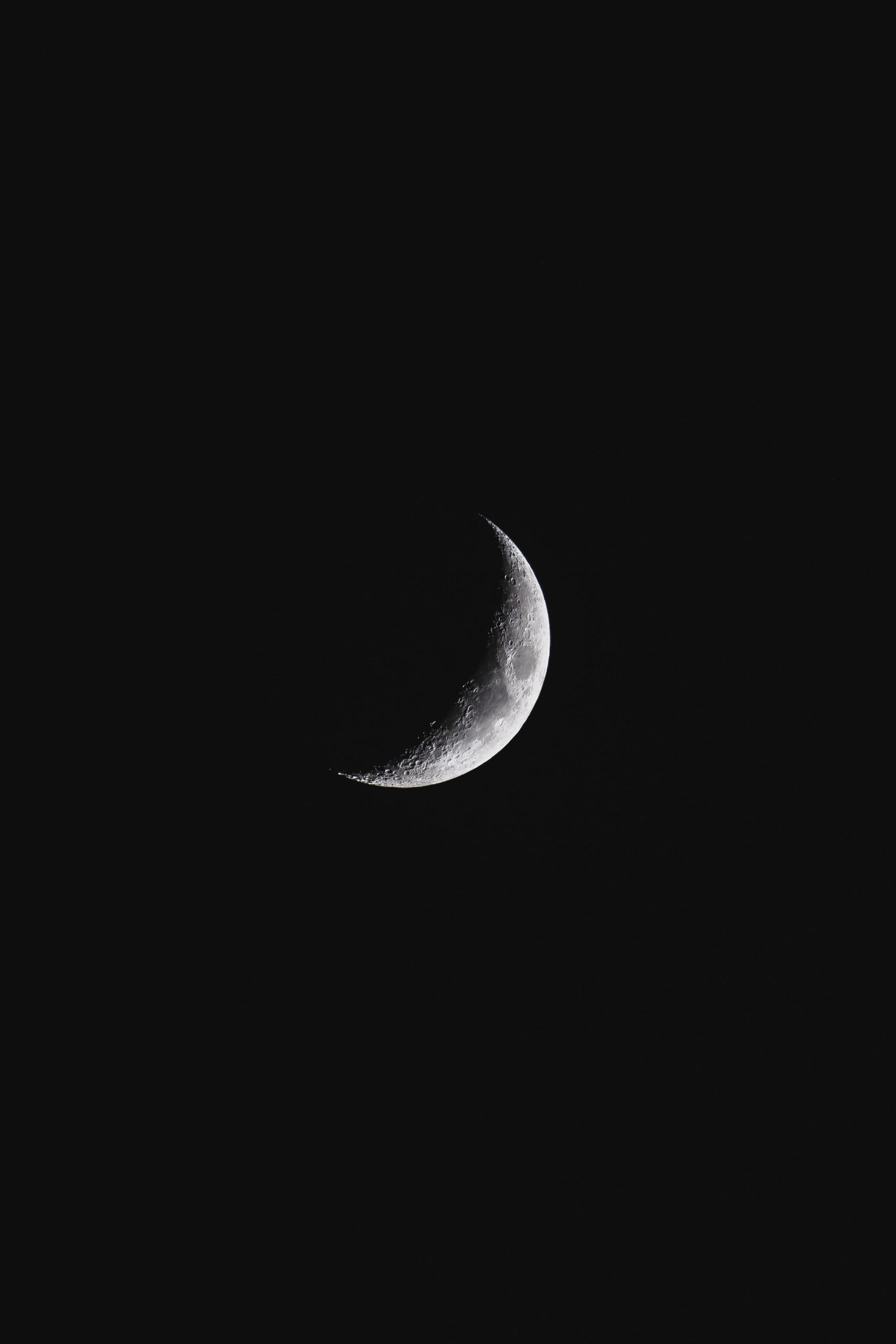Understanding the Lunar Leap Month: A Closer Look at Lunar Calendars
Lunar calendars have been used by many cultures throughout history to track time and plan various activities. Unlike the commonly used Gregorian calendar, which is based on the Earth’s orbit around the Sun, lunar calendars are based on the phases of the Moon. These calendars divide the year into lunar months, with each month corresponding to one complete cycle of the Moon’s phases.
While most lunar calendars consist of 12 months, there is an occasional need to make adjustments to ensure that the calendar stays synchronized with the actual astronomical events. This is where the concept of a “leap month” comes into play. A leap month is an additional month inserted into the calendar to maintain its alignment with the lunar cycles and astronomical phenomena.
The Lunar Calendar System
The lunar calendar is primarily based on the Moon’s phases, which are divided into four main lunar phases: new moon, first quarter, full moon, and last quarter. These phases occur at regular intervals, with the complete cycle lasting approximately 29.5 days. To simplify the calendar system, lunar months are typically rounded to either 29 or 30 days.
Unlike the fixed days in a solar calendar month, the length of a lunar month can vary. This is due to the fact that the Moon’s orbit is elliptical, resulting in variations in its speed. Consequently, the duration of a lunar month can range from about 29.3 to 29.8 days. This inherent variability poses a challenge when trying to reconcile the lunar calendar with the solar calendar.
Synchronizing Lunar Calendars
To address the discrepancies between lunar and solar calendars, ancient civilizations devised various mechanisms to bring the two into alignment. One such solution is the incorporation of a lunar leap month.
The lunar leap month, also known as an intercalary month, is an additional month inserted into the lunar calendar periodically. Its main purpose is to compensate for the difference between the lunar and solar years. By adding this extra month, the lunar calendar can catch up to the solar calendar and maintain synchronization.
The decision to add a leap month is typically based on astronomical observations or calculations. Different cultures and regions may determine when to introduce a leap month based on different criteria. For instance, the traditional Chinese calendar incorporates a leap month when there are 13 new moons in a year, rather than the usual 12.
Applications of the Lunar Leap Month
The lunar leap month serves several purposes across cultures:
Religious Observances
In some religious traditions, lunar calendars are used to determine the dates of religious observances and festivals. The addition of a leap month ensures that these events remain aligned with the seasons and astronomical events. For example, in the Islamic calendar, which is based on the lunar system, the month of Ramadan shifts approximately 11 days earlier each year due to the absence of a leap month. The addition of a leap month (which is not present in the Islamic calendar) would help to stabilize the dates of Ramadan and other significant festivals.
Agricultural Planning
In agricultural societies, lunar calendars are often used to guide farming practices and planting schedules. The addition of a leap month helps to ensure that planting and harvesting activities align with favorable astronomical and seasonal conditions. Farmers can refer to lunar calendars to determine the best times for planting specific crops, tending to livestock, and other agricultural tasks.
Astrological Significance
Lunar calendars and their leap months also have astrological significance for some cultures. They are used to determine auspicious times for specific events such as weddings, engagements, and other ceremonies. Astrologers believe that the position and phase of the Moon can influence the outcome or impact of certain actions, and by consulting lunar calendars, they can choose the most favorable times for these events.
Conclusion
Lunar leap months play an essential role in maintaining the accuracy and alignment of lunar calendars with astronomical events. By adding these extra months at specified intervals, lunar calendars can reconcile the lunar and solar cycles, ensuring that religious observances, agricultural activities, and astrological events occur at the appropriate times.
While the concept of a leap month might seem unfamiliar to those accustomed to the Gregorian calendar, it highlights the rich diversity of calendar systems and the cultural practices associated with them. Understanding lunar calendars and their leap months offers a fascinating glimpse into the complex ways in which humans have sought to navigate the concept of time and harmonize it with celestial occurrences.
Table of Contents
